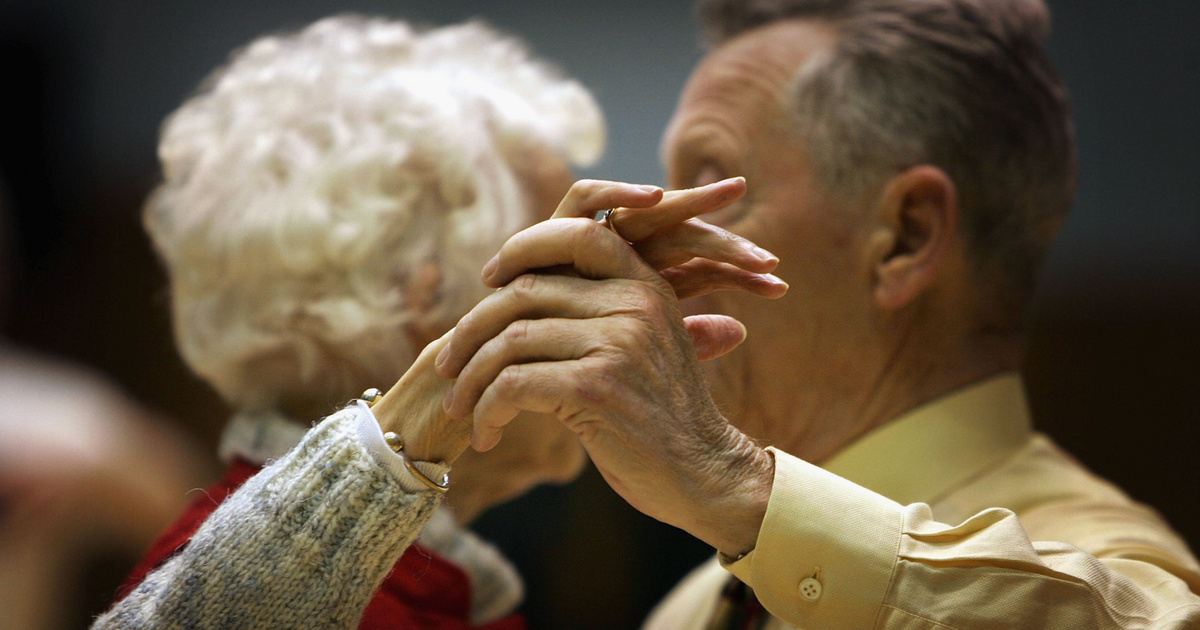Studies conducted on mice have confirmed that matching the biological clocks of the brain and tissues helps maintain health and slow down aging, concluded two recently published scientific articles by Spanish researchers in the columns of the journal Science and Cell.
The circadian rhythm, discovered in the 1970s, is the body's 24-hour cycle, through which the body regulates a series of tasks related to wakefulness and sleep. However, humans do not have just one biological clock, but several. The main rhythm is determined by the suprachiasmatic nucleus in the brain, but tissues have their own rhythm of life, which plays an important role in regulating metabolism, mitochondrial energy production and DNA repair, among others.
Spanish researchers have investigated the importance of synchronizing central and peripheral clocks, that is, synchronizing the brain, muscles, and skin. Studies conducted by researchers from the University of Barcelona and Pompeu Fabra University not only gained new knowledge about the role of biological clocks in aging, but also revealed that local biological clocks are very autonomous and manage about 15 percent of daily processes under their own supervision. authority.
During the experiments, they examined special laboratory mice With money1 By turning off the gene, the functioning of the circadian rhythm was prevented. Previous research has already looked at these animals and found that they age faster, for example, their muscles weaken faster. Spanish researchers have reached this point
I continued the experiment,
that With money1 They were able to restore gene function in muscle tissue and skin – and then noticed that the rhythm of tissue regeneration began to adapt to the feeding time and essentially took over the function of the central circadian clock.
In mice that acquired a circadian rhythm of life, muscle deterioration, metabolism and motor functions were also reduced.
Our study reveals that minimal interaction between two different tissues (one central and one peripheral) is essential for optimal functioning of tissues, such as muscle, and prevents their degradation and aging. The next step is to identify this signaling mechanism for potential therapeutic applications
Dr. confirmed. Bora Muñoz Canoves, Professor at UPF.
In another study investigating the role of the skin, the situation was reversed: here, the researchers demonstrated that the central circadian rhythm maintains the daily routine of tissues even if the local circadian clock stops working. This results in a shift in function, for example, the peak of DNA replication may fall during daylight hours, when there is a greater chance of errors and mutations occurring in the process due to strong UV radiation. It follows that for healthy functioning, the central rhythm must be supplemented by the operation of the local circadian clock.
Modern civilization can disturb the body's biological rhythm in many ways. Such an effect can be caused, for example, by air travel across time zones, night shifts, or excessive light pollution.
The findings highlight the role of reprogramming the endogenous clock in preserving youth and enable the development of strategies to prevent the biological clock from being disturbed by modern lifestyles and the development of treatments targeting age-related diseases or slowing aging itself.
– said the authors.
(Medical Express, Science Alert, Scitech Daily)

Once again, 150 new and exciting topics with amazing answers













































